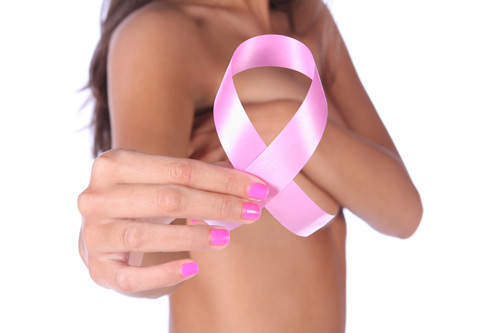Breast Health

Over 250,000 women are diagnosed with breast cancer every year in the United States alone. Of these more than 13,000 are under the age of 40.
Over the course of their a lifetime, breast cancer will afflict 1 out of every 8 women. What's even more frightening, is that 76% of the women who are diagnosed show no risk-factors, making breast cancer a concern for all women. The causes of breast cancer remain unknown, so prevention is difficult to achieve. Early detection is your best protection, so it is critical to follow the following guidelines which have been provided by the American Cancer Society:
Age 20-39
- Do a breast self-exam each month.
- Have a clinical breast exam by your doctor or nurse-midwife once a year, followed by a mammogram. Mammograms can detect cancer while it is still quite small, sometimes several years before your doctor can feel it.
Age 40 & Older
- Do a breast self-exam each month.
- Have a clinical breast exam by your doctor or nurse-midwife once a year, followed by a mammogram. Mammograms can detect cancer while it's quite small, sometimes several years before your doctor can feel it.
You are encouraged to become familiar with her own breasts, learn the breast self-exam (BSE) and practice it on a regular basis. Learn the signs and symptoms to report to your healthcare provider and have a mammograms every year (after age 35). No one method is 100% effective, so it's important to follow all of the guidelines.
To learn the correct method of breast self-exam, ask your doctor or nurse-midwife for instruction. The best time to do this several days after the end of your monthly period, every month.
What to Watch For
- A thickening or lump in or near the breast and underarm area.
- A change in breast shape.
- Swelling, redness or unusual warmth in the breast.
- A retraction, dimpling, puckering of the nipple or discharge from the nipple.
- A change in the texture or color of the skin in breast or nipple area, such as a scaly texture.
 PREGNANCY
PREGNANCY  GIVING BIRTH
GIVING BIRTH  BABY CARE
BABY CARE  HEALTH & SAFETY
HEALTH & SAFETY  FUN STUFF
FUN STUFF  FAMILY
FAMILY 